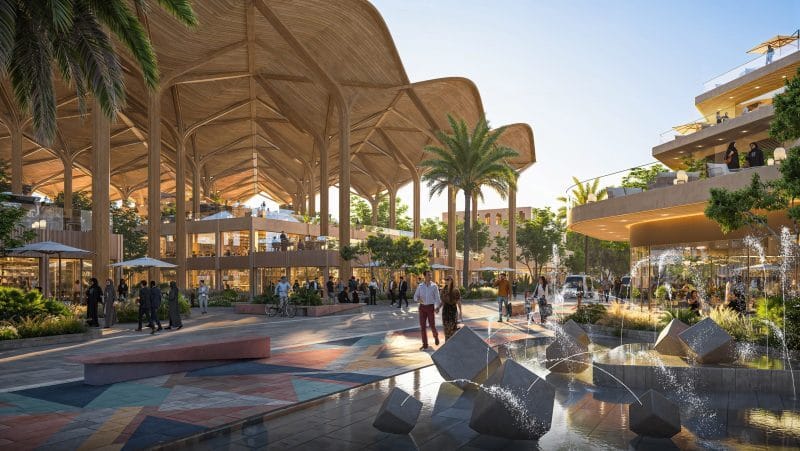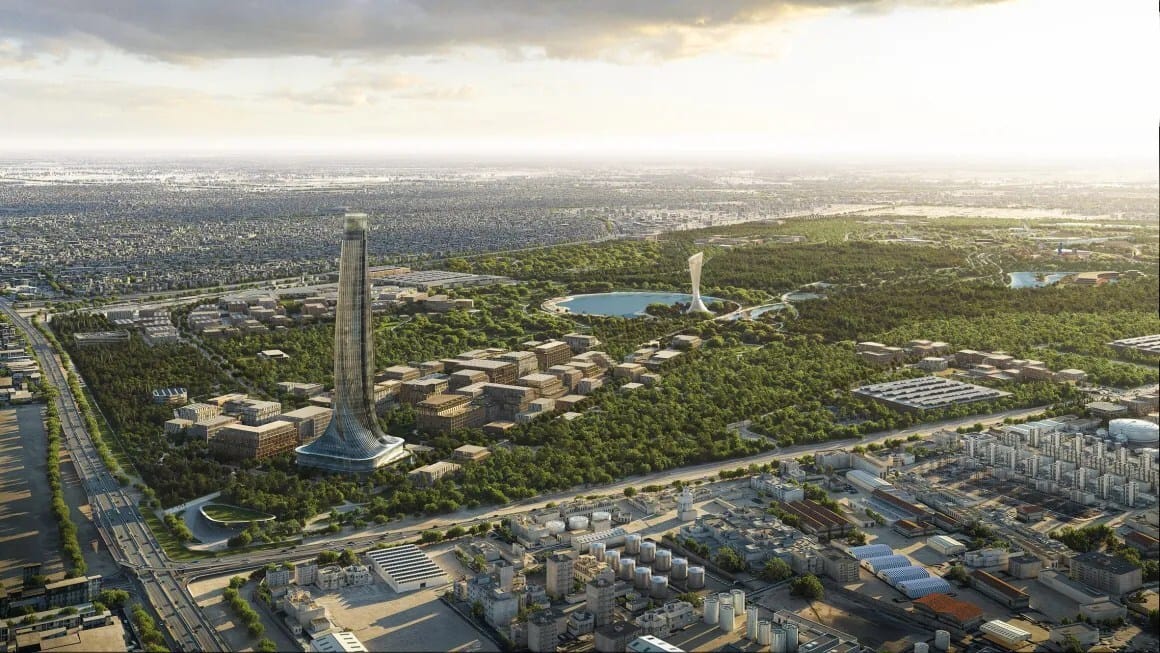Baghdad Reborn Green
After decades of war and neglect Baghdad is planning to build its future with trees. The “Baghdad Sustainable Forests” initiative aims to transform over 10 million square meters of land once occupied by the Al-Rasheed military camp into an ecological urban district.

The site had held more than 45 million metric tons of waste. Now the plan calls for parks, green corridors, themed forest areas, residential space, retail, education hubs and “villages” for well-being, arts, and community life.




The design includes planting one million mature trees intended to absorb about 22,000 metric tons of CO₂ per year. Mixed-use zones and walkable infrastructure are central features.
Developers envision retail, commercial, education, housing and amenity spaces woven into the greenery. The project is intended to generate near 80,000 jobs and become a recreational, cultural and environmental landmark.
Baghdad Sustainable Forests has support at high government levels. It is backed by the Government of Iraq, the Prime Minister’s Office, Baghdad Municipality and the National Investment Commission.
The plan aligns with Iraq’s national environmental strategy (2023-2030) and has received an investment license already.

Realities and Risks: Will It Actually Happen?
Despite the promise, there are several challenges that could slow or alter the project if not addressed.
Financing & CostsThe project—massive in scale—requires substantial investment. The fact that Emkanat has already secured an investment license is a positive sign. But no full public cost estimate is clear yet, and complex projects like this often face overruns. Iraq’s budget remains heavily dependent on oil revenues, which are variable. Long-term funding, particularly for maintenance (parks, trees, irrigation, infrastructure), will be critical.
Institutional Capacity & GovernanceExecuting such a large, mixed-use, ecological master plan requires strong governance, coordination among multiple agencies, and transparency. Iraq has made plans for reconstruction and development frameworks and has identified green infrastructure and environmental repair as priorities. Yet challenges persist in institutional capacity, corruption, bureaucratic delays, and instability. These factors may slow implementation.
Environmental & Technical HurdlesRestoring land that held tens of millions of tons of waste is nontrivial. Soil remediation, waste removal, pollution cleanup, water resource management, and ensuring tree survival in Baghdad’s climate will all be expensive and require technical expertise. Long-term maintenance (watering, protecting young trees, infrastructure upkeep) is often the overlooked part.
Political Stability & ContinuityBig infrastructure and urban renewal projects over many years suffer when political priorities shift, when administrations change, or when conflict re-escalates. For this project to succeed, it will need continuity of support, both politically and socially.
Private Investment & PartnershipsPrivate sector partners are mentioned in the planning. The project seems designed to attract investment for the commercial, retail, and housing elements. If investor confidence remains high and regulatory, security, and financial risks are mitigated, there is a strong chance private funds will carry a share of the cost. But that depends on stable conditions and credible implementation.






Verdict: Optimistic but Cautious
Given all this, the Baghdad Sustainable Forests project has a better than average shot at being built, thanks to:
strong government endorsement and regulatory moves,
an investment license already granted,
detailed master planning by an international design firm,
alignment with environmental goals and urban renewal priorities.

But it is not guaranteed. The biggest risks are funding gaps (especially for long-term maintenance), environmental remediation, and consistency in governance. If these are dealt with proactively, this project could become a model for how war-torn cities rebuild with green vision. If not, it may stall or be scaled down.
Images Courtesy of Gensler
The post Ambitious Master Plan to Rebuild Baghdad into a Green Oasis appeared first on Moss and Fog.
